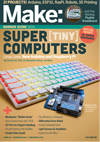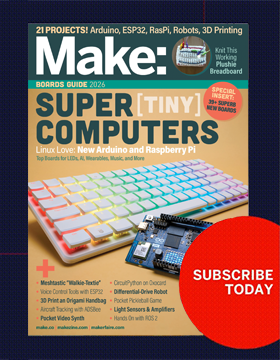Arduino cheat sheet
Gavin of Syndey, Australia, wrote in to share his Arduino Cheat Sheet: Description: I really love cheat sheets. In a lot of cases they can take the place of an entire manual. So I was surprised, given its popularity that I couldn’t find a single-page reference for the arduino online. I tried to make a […]





